When I first bought my light therapy lamp three years ago, I was drowning in conflicting advice about how long to use it. Some sources said 15 minutes, others claimed you needed a full hour. After years of personal experimentation, research, and tracking my own results, I've discovered that the answer isn't as simple as "one size fits all."
The Foundation: Why 20-30 Minutes Became the Standard
Let me tell you what most people want to know: the standard recommendation is 20-30 minutes of light therapy per day. But here's what those generic recommendations don't tell you – this duration is based on using a 10,000 lux lamp positioned correctly at about 16-24 inches from your face.
I learned this the hard way when I started with just 10 minutes daily and wondered why I wasn't seeing results. The key insight that changed everything for me was understanding that light therapy works by resetting your circadian rhythm, and your brain needs sufficient light exposure to register the signal effectively.
My Personal Testing Journey: Finding What Actually Works
Week 1-2: Starting Small I began with 15 minutes every morning, positioned about 2 feet away while having breakfast. Honestly, I felt nothing. No energy boost, no mood improvement – I was ready to return the lamp.
Week 3-4: Extending the Session I increased to 25 minutes after reading that 20-30 minutes is needed to stimulate your circadian rhythm effectively. This is where I started noticing subtle changes – slightly easier mornings and better sleep timing.
Week 5-8: The Sweet Spot At 30 minutes daily, I hit my stride. My energy levels stabilized, my seasonal mood dips became manageable, and I actually looked forward to my morning light session.
Week 9: The Over-Extension Experiment Curious about whether more was better, I tried 45 minutes for a week. Research shows that exceeding 40 minutes provides no additional benefits, and I can confirm this from experience. I actually felt more jittery and had trouble winding down in the evenings.
The Science Behind Duration: Why Timing Matters More Than You Think
Here's what most articles miss – it's not just about the total minutes. The effectiveness depends on several factors:
Light Intensity and Distance The closer you sit, the more intense the light exposure, which can reduce the time needed. Your lamp should provide 10,000 lux of illumination, and the sitting distance affects this intensity. I found that sitting 18 inches away for 25 minutes gave me the same results as sitting 24 inches away for 35 minutes.
Individual Sensitivity Some people are more light-sensitive than others. I discovered I'm on the sensitive side when 20 minutes at close range initially gave me mild headaches. Starting with longer distance and shorter duration, then gradually adjusting, worked better for my system.
Seasonal Variations My winter sessions need to be longer (30-35 minutes) compared to fall and spring (20-25 minutes). This makes sense because my light deficiency is more severe during the darkest months.
The Progressive Approach: How I Build Up New Users
When friends ask me how to start, I always recommend this schedule:
Days 1-3: 10 minutes at 24 inches Days 4-7: 15 minutes at 22 inches
Week 2: 20 minutes at 20 inches Week 3: 25 minutes at 18 inches Week 4+: 30 minutes at 16-18 inches
This gradual approach prevents the eye strain and headaches that can discourage people from continuing. Starting with 20-30 minutes is generally beneficial, but it's important to avoid prolonged exposure to prevent potential side effects.
Real-World Usage: What Your Day Actually Looks Like
Let me paint you a picture of how this fits into real life. I wake up at 6:30 AM, stumble to my kitchen, position my lamp on the counter at eye level, and start my 30-minute session while I have coffee and check emails. The key is consistency – I do this every single day, even weekends.
Multi-tasking is Essential The beauty of light therapy is that you don't need to just sit and stare. I've done sessions while:
- Reading the news
- Eating breakfast
- Working on my laptop
- Having phone calls (though I avoid video calls due to the bright light)
- Doing light stretching
The No-Stare Rule You should NOT stare directly at the lights. The light needs to enter your peripheral vision. I learned this when I initially thought I needed to look at the lamp directly and ended up with serious eye strain.
Troubleshooting Common Duration Dilemmas
"I Only Have 15 Minutes in the Morning" If time is truly limited, sit closer (12-16 inches) to compensate for the shorter duration. However, I've found that sacrificing the full 30 minutes often means sacrificing some effectiveness.
"I Forgot My Morning Session" Afternoon sessions can still help, but avoid them after 3 PM as they can interfere with sleep. I learned this during a particularly busy week when I tried evening sessions and ended up wide awake until midnight.
"I Feel Nothing After Two Weeks" It usually takes a few days for symptoms to improve, but some people need up to 6 weeks. If you're not seeing results, try increasing duration rather than intensity first.
The Maintenance Phase: Long-term Usage Strategy
After eight months of consistent use, I reduced my daily treatment to 15 minutes for maintenance, though some people continue indefinitely or use it a few days a week.
My current approach:
- Peak season (November-February): 30 minutes daily
- Transition months (October, March): 20 minutes daily
- Summer maintenance: 15 minutes, 3-4 times per week
Safety Boundaries: When Duration Becomes Dangerous
I've experimented enough to know the warning signs of overexposure:
- Eye strain that persists after the session
- Difficulty falling asleep despite proper timing
- Increased anxiety or jitteriness
- Headaches that worsen with continued use
The maximum I'd ever recommend is 45 minutes, and only for severe cases under professional guidance. Treatment might last 20 minutes up to three hours depending on the individual, but your doctor should provide guidance.
My Final Recommendations: The Duration Formula That Works
After three years of daily use and helping dozens of friends get started, here's my tested formula:
For beginners: Start with 15 minutes at 20+ inches for one week, then increase by 5 minutes weekly until you reach 25-30 minutes.
For regular users: 25-30 minutes at 16-20 inches, adjusted based on seasonal needs and personal response.
For maintenance: 15-20 minutes during lighter months, full 30 minutes during peak deficiency periods.
The most important thing I've learned is that consistency beats perfection. I'd rather do 20 minutes every single day than 45 minutes three times a week. Your circadian rhythm responds to regular signals, not intense occasional ones.
Remember, everyone's light sensitivity and needs are different. What took me months to figure out was that I needed to treat it like any other health intervention – start conservatively, track results, and adjust based on what my body was telling me. The "standard" 30 minutes is a starting point, not a rule carved in stone.

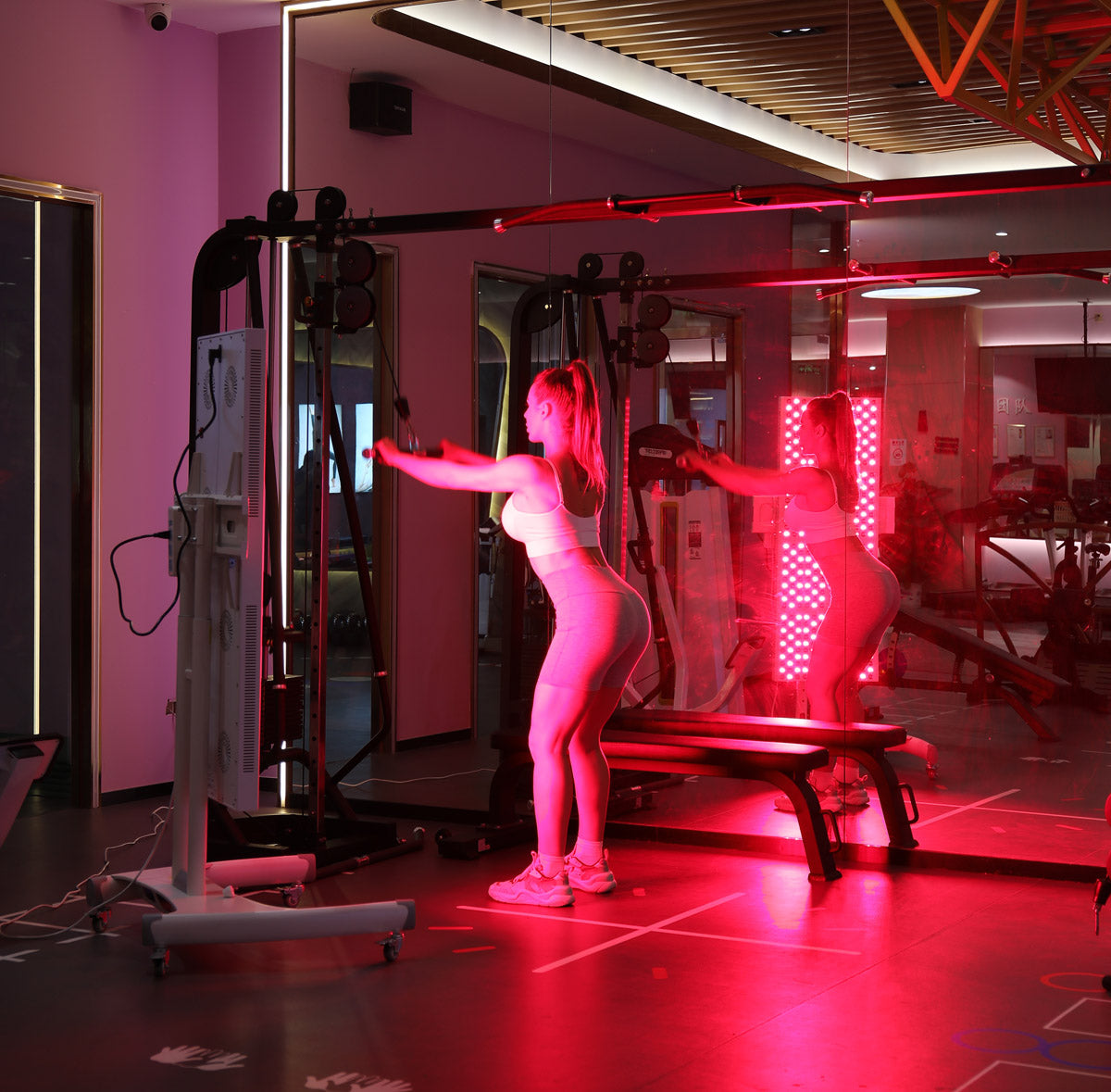

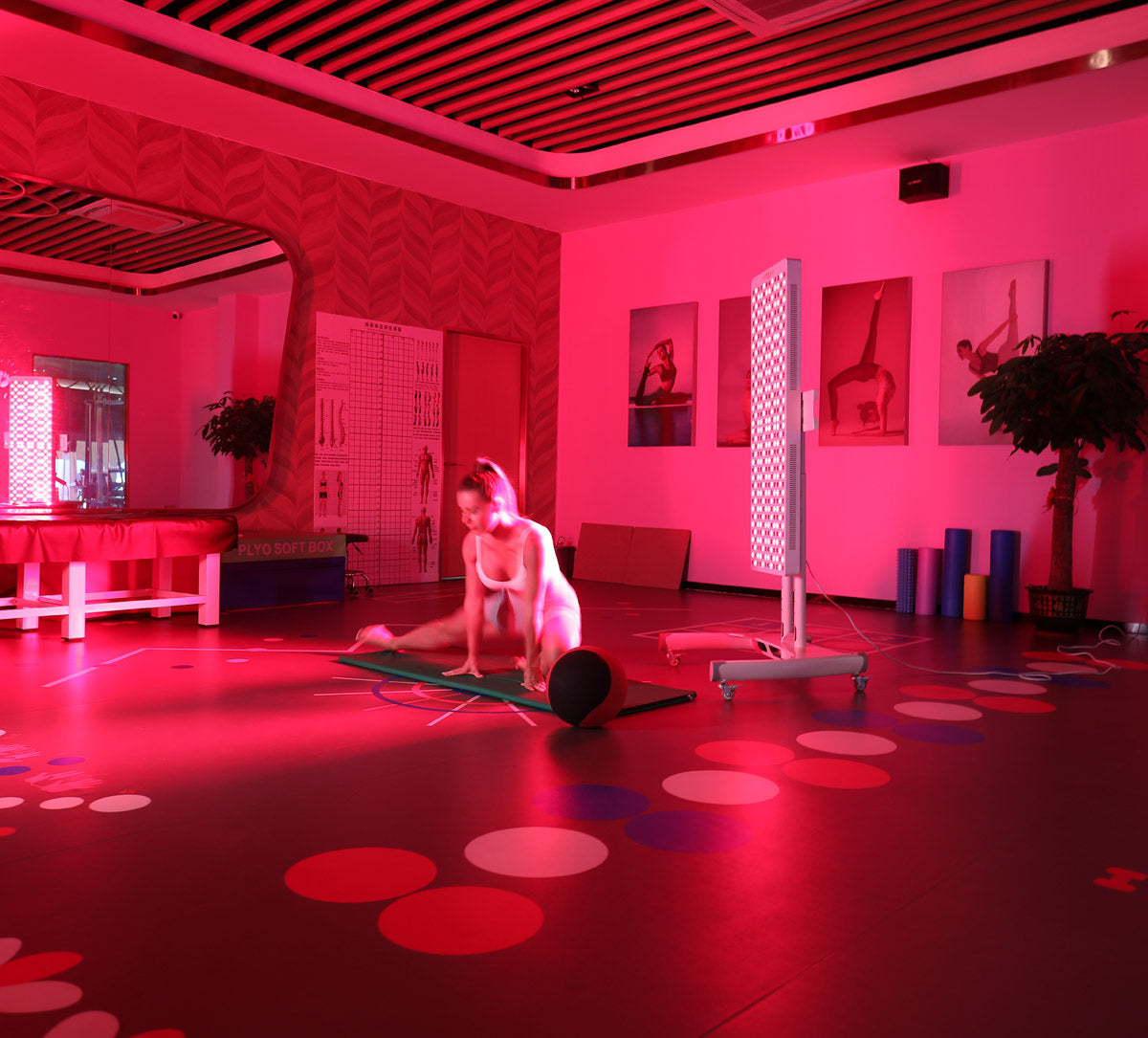
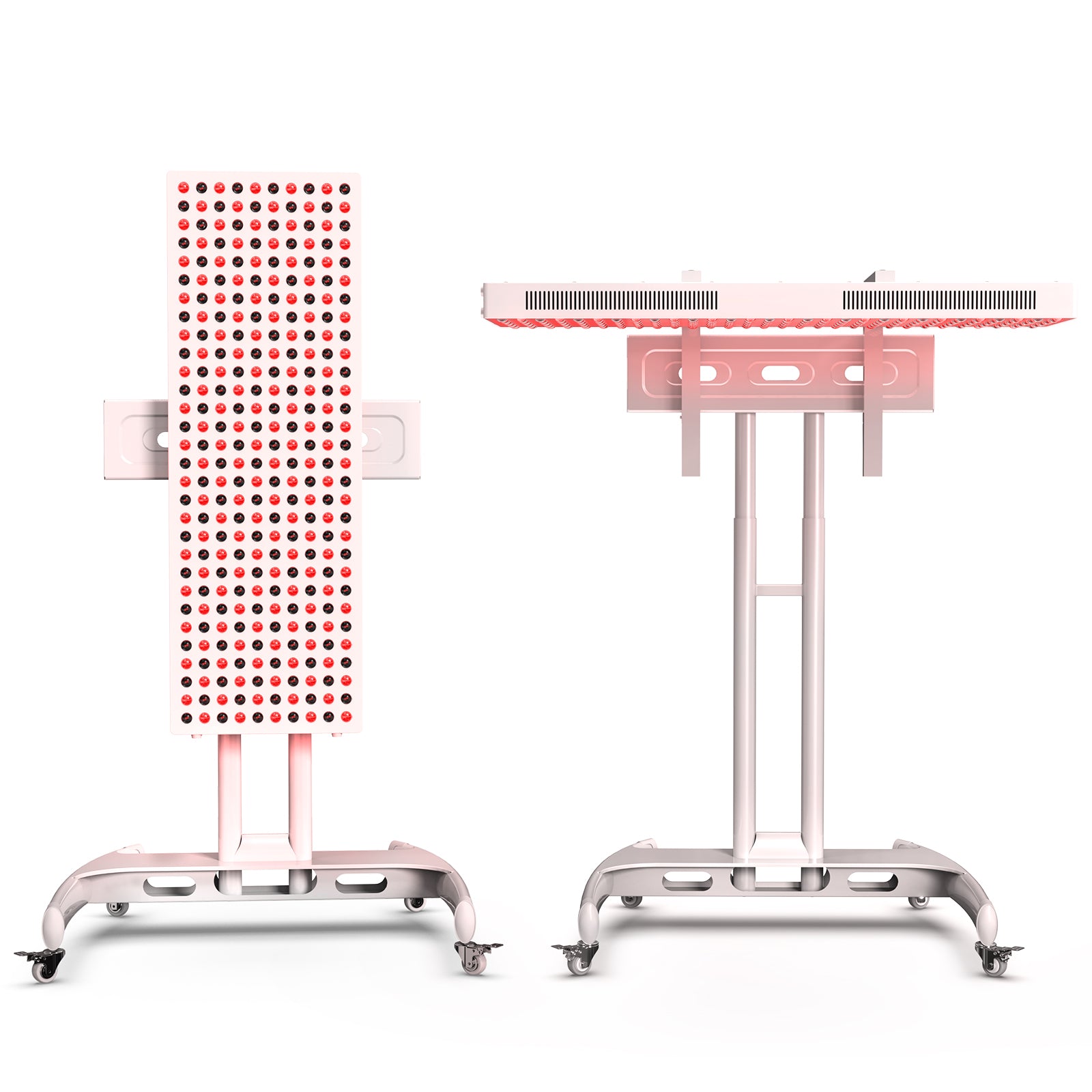
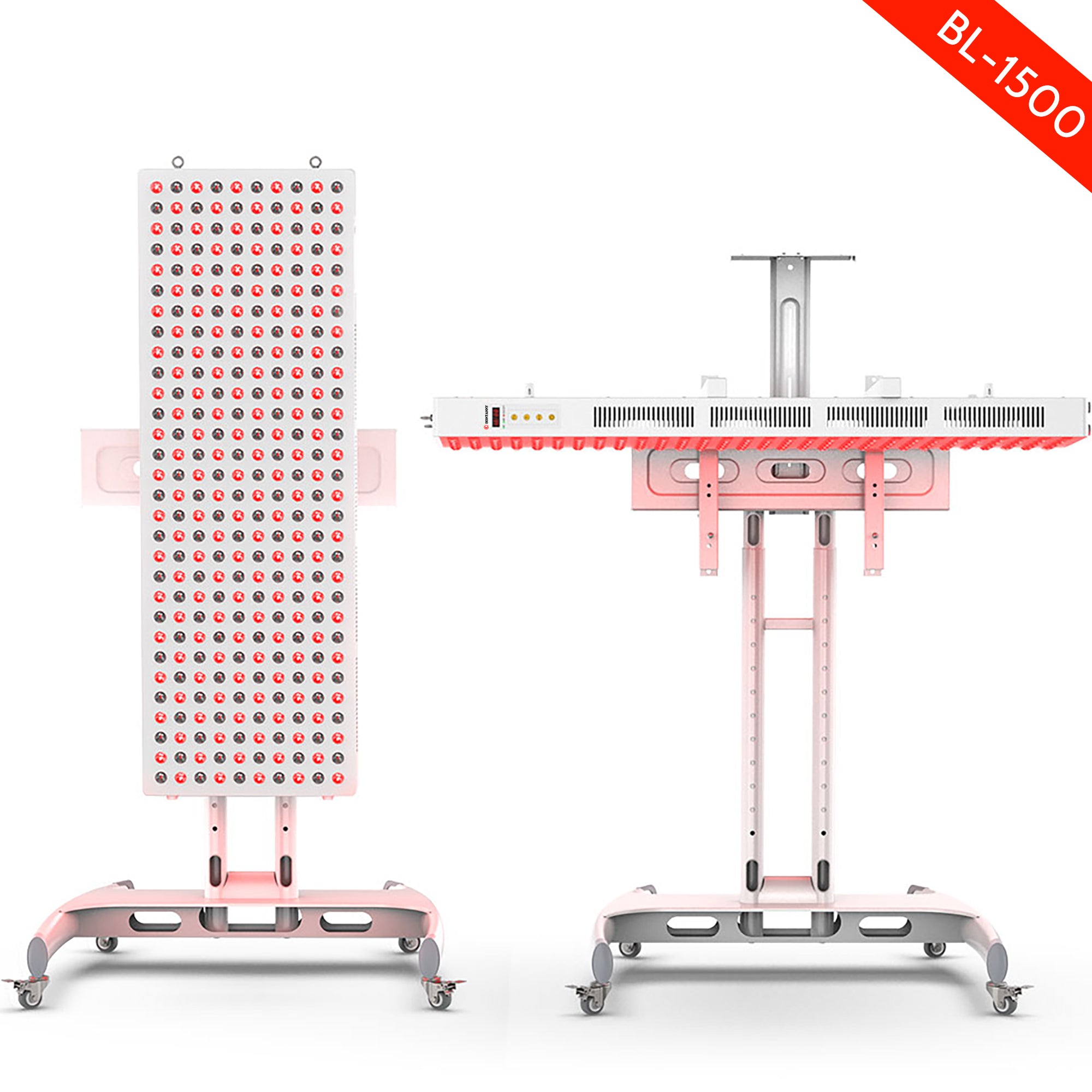
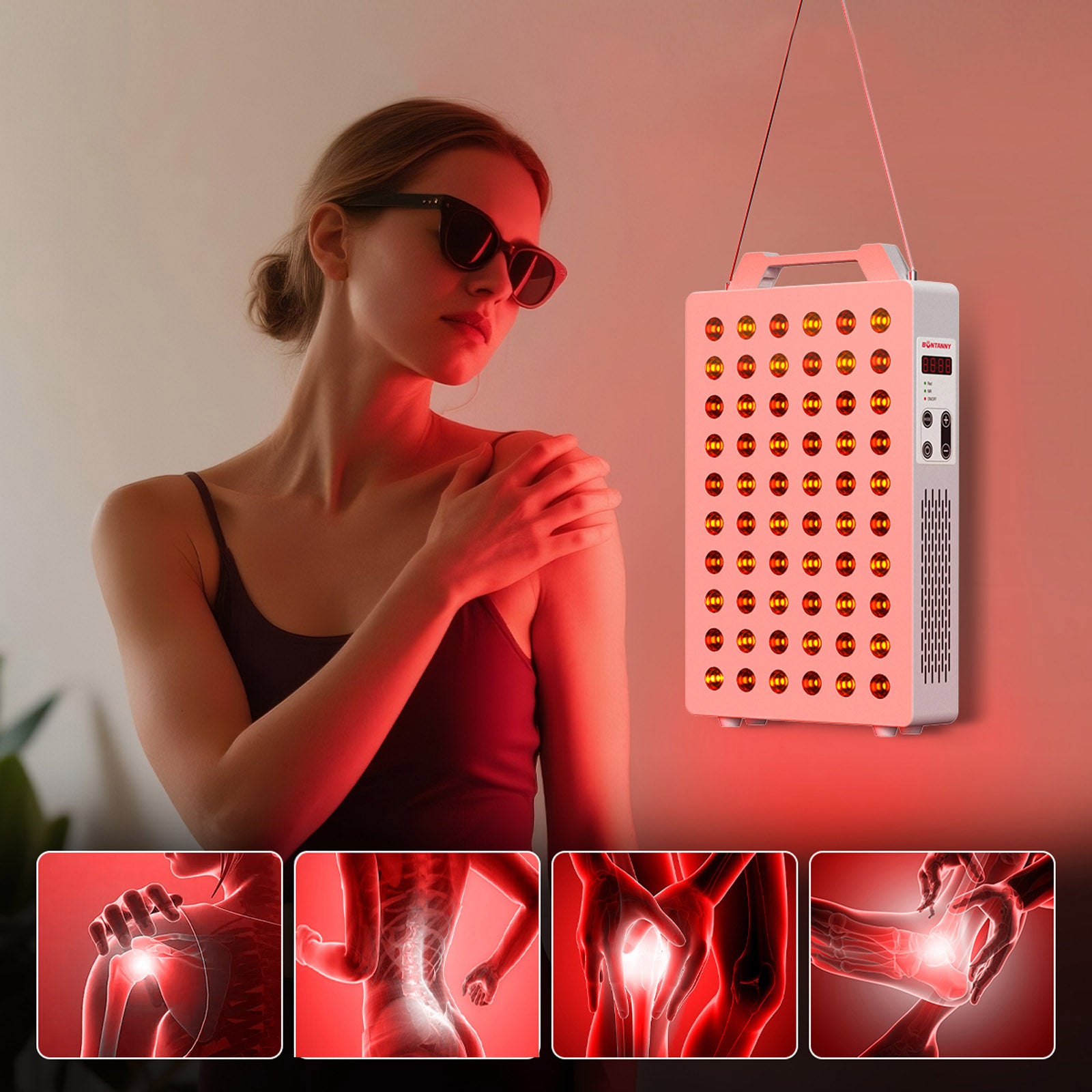
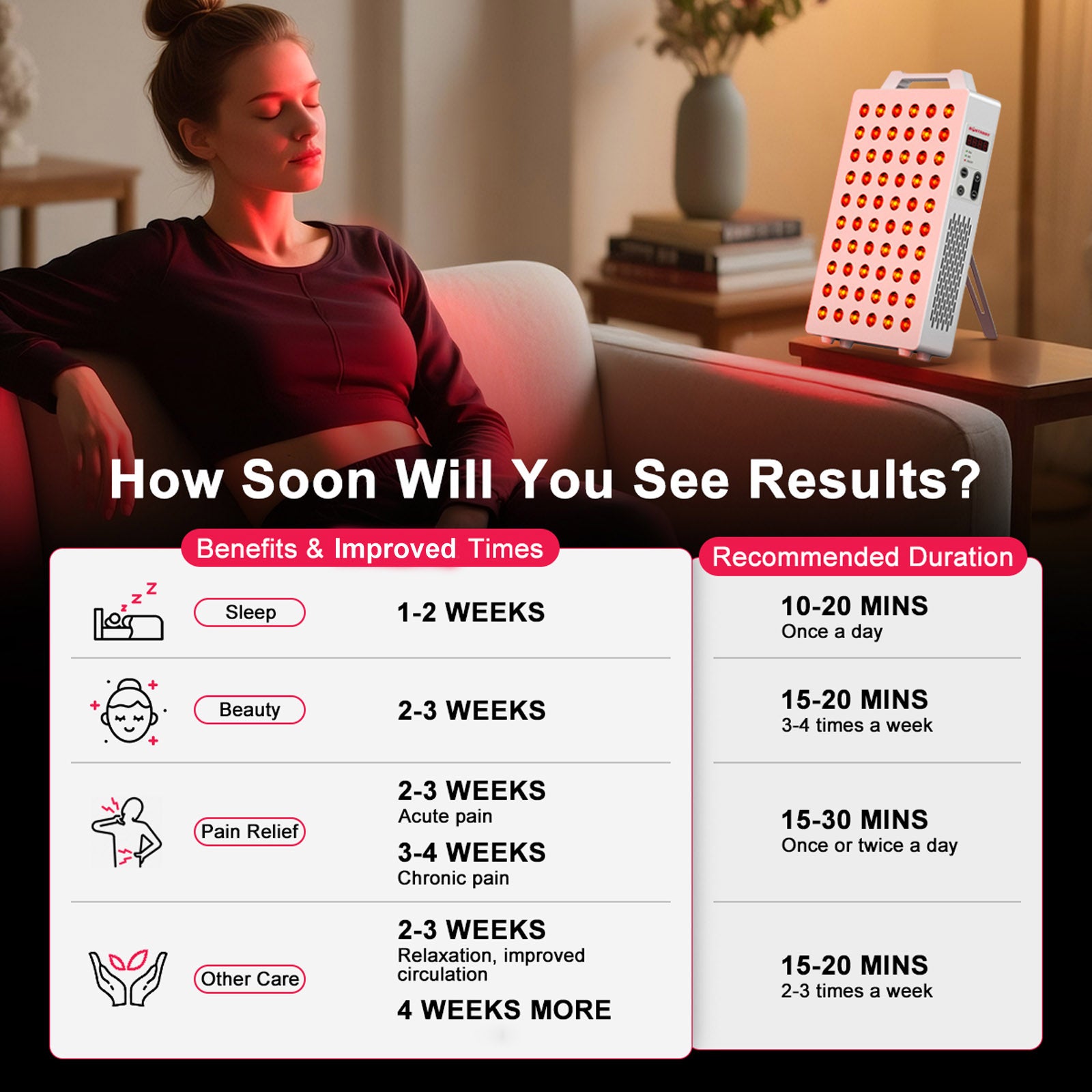
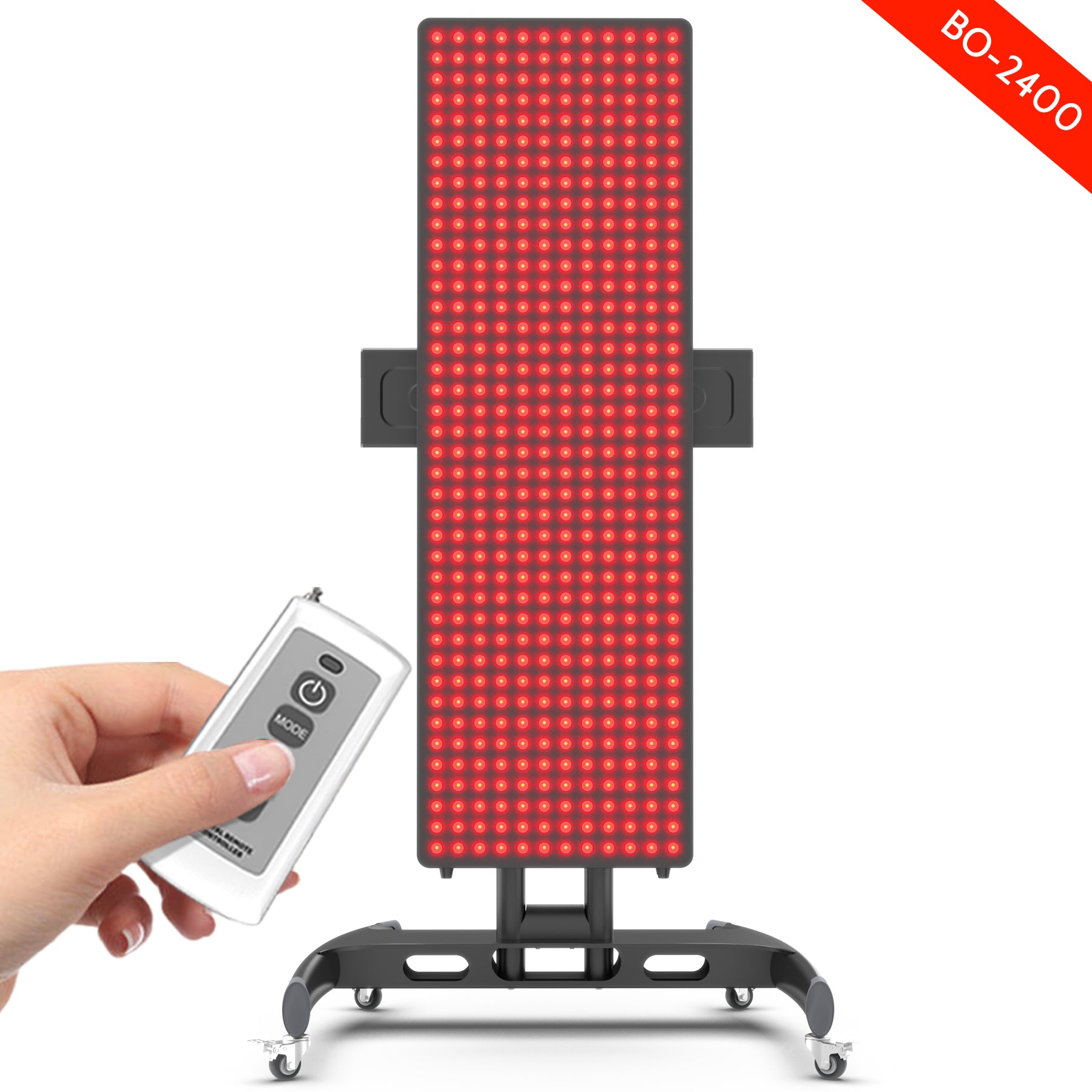
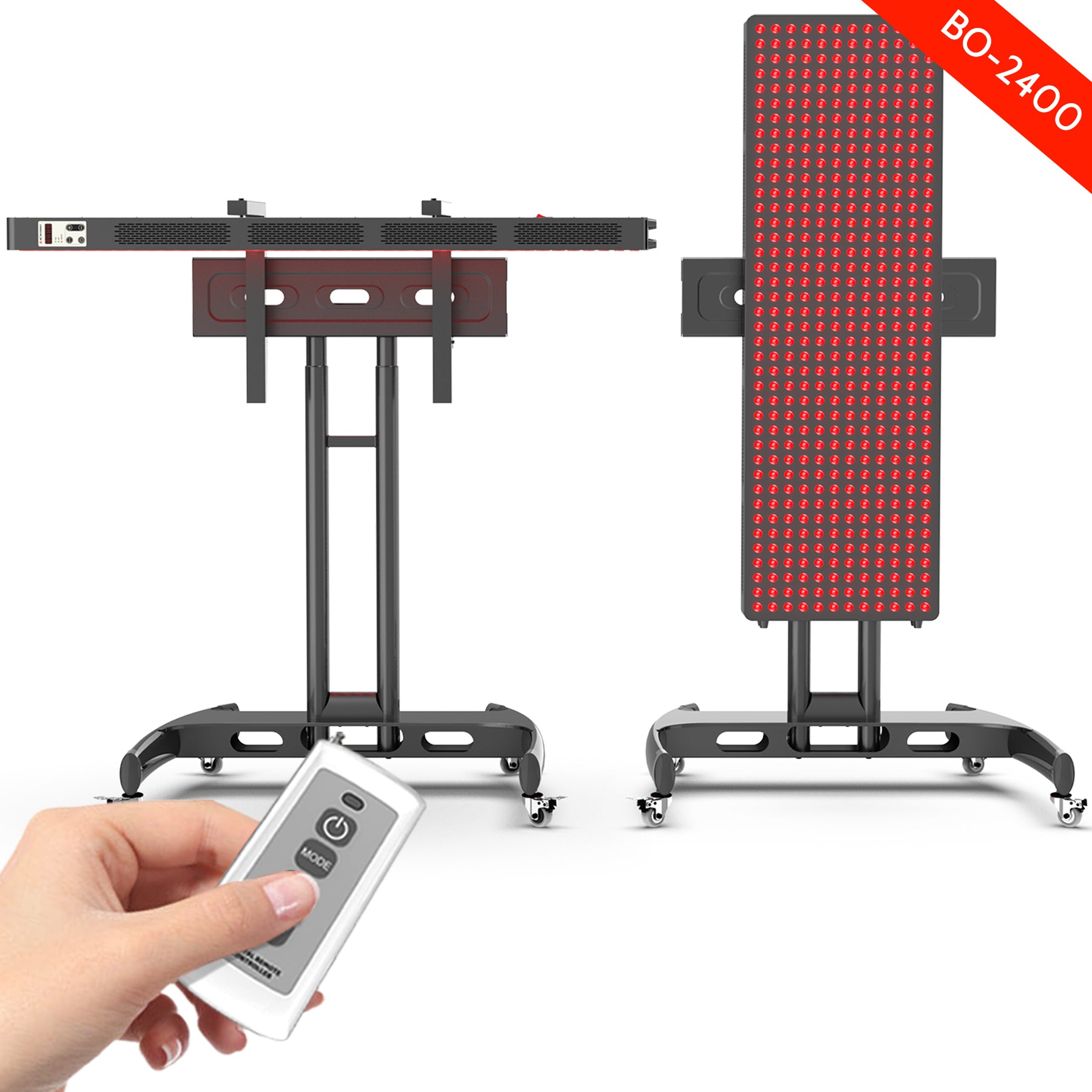
Leave a comment
This site is protected by hCaptcha and the hCaptcha Privacy Policy and Terms of Service apply.